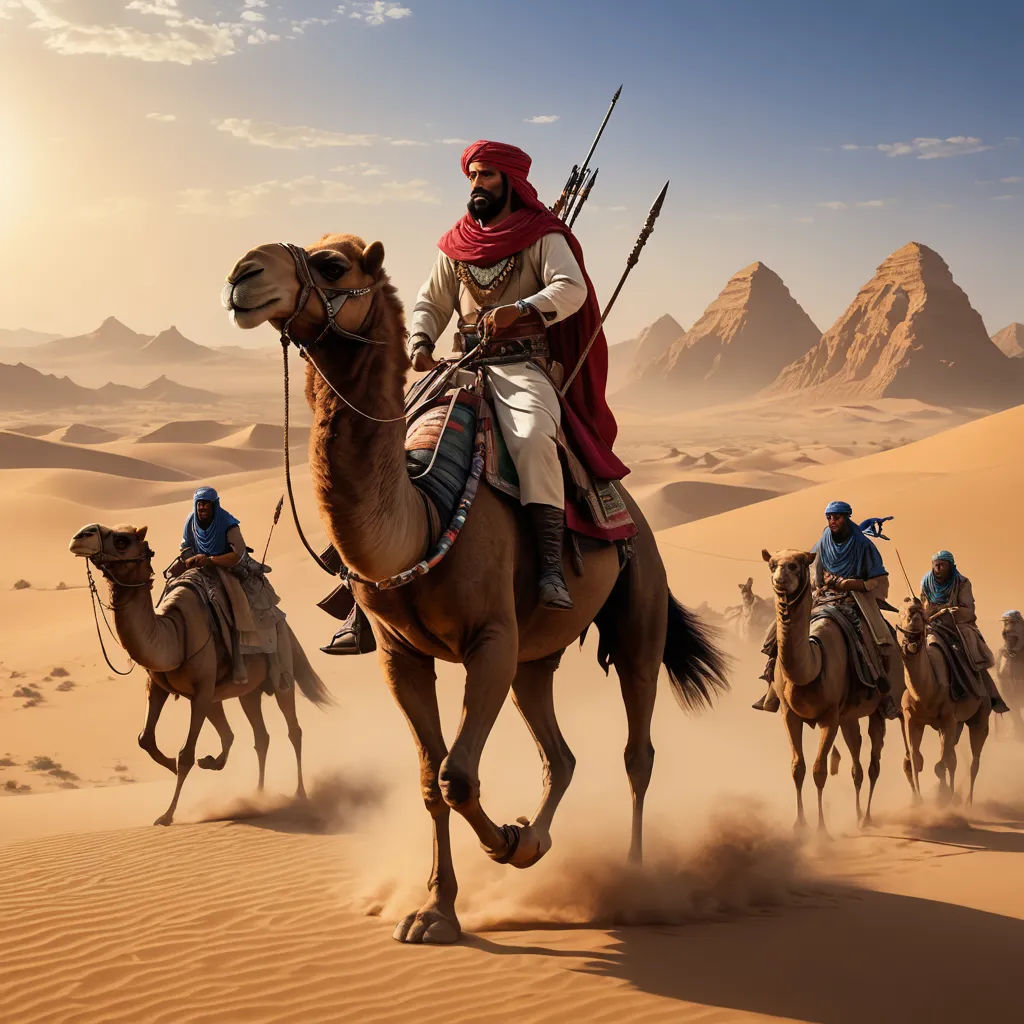
The Battle of the Camel
By izat.yassine

03 Feb, 2024
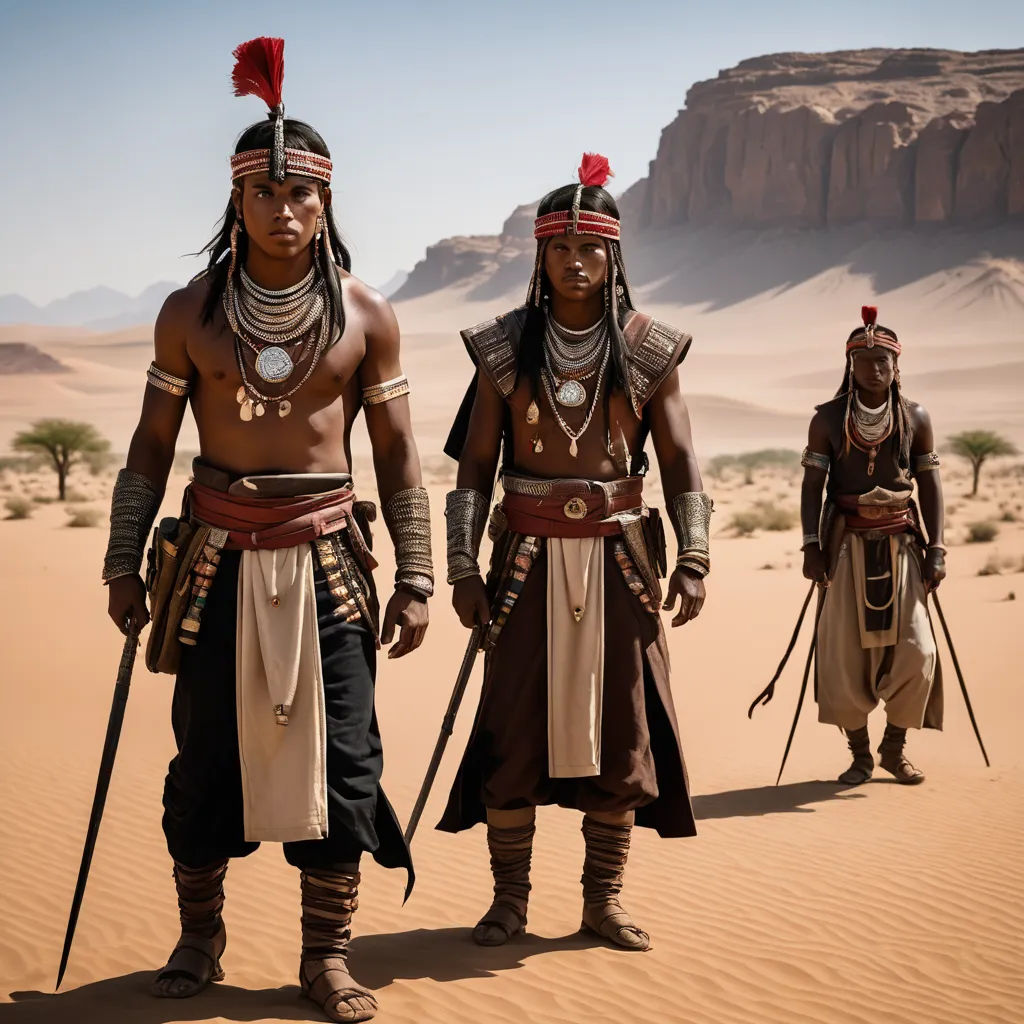
In a faraway desert, two rival tribes, known as the North and South tribes, were embroiled in a bitter struggle. The stakes were high: the control of the lone oasis, their only source of water.
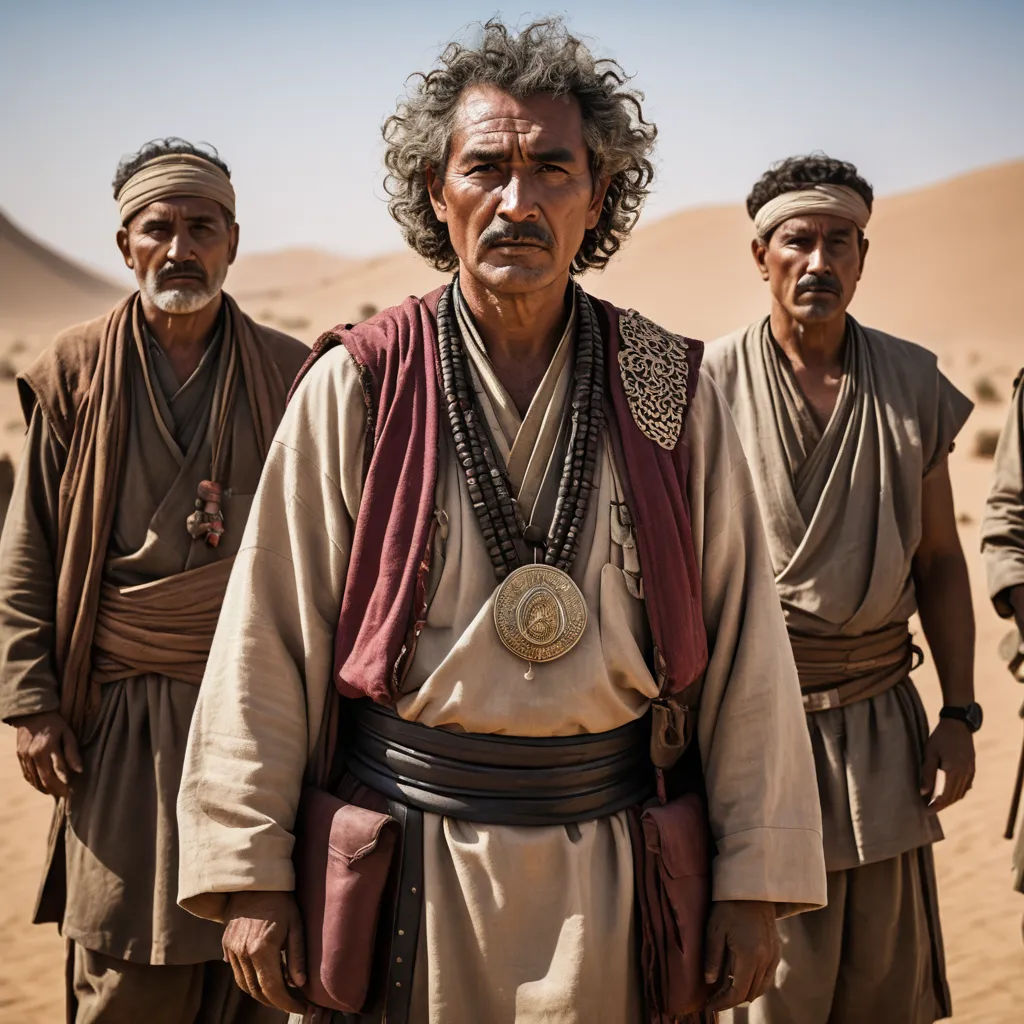
The North tribe was led by a wise and sturdy man, Chief Karim. He was a seasoned warrior, known far and wide for his strategic brilliance.
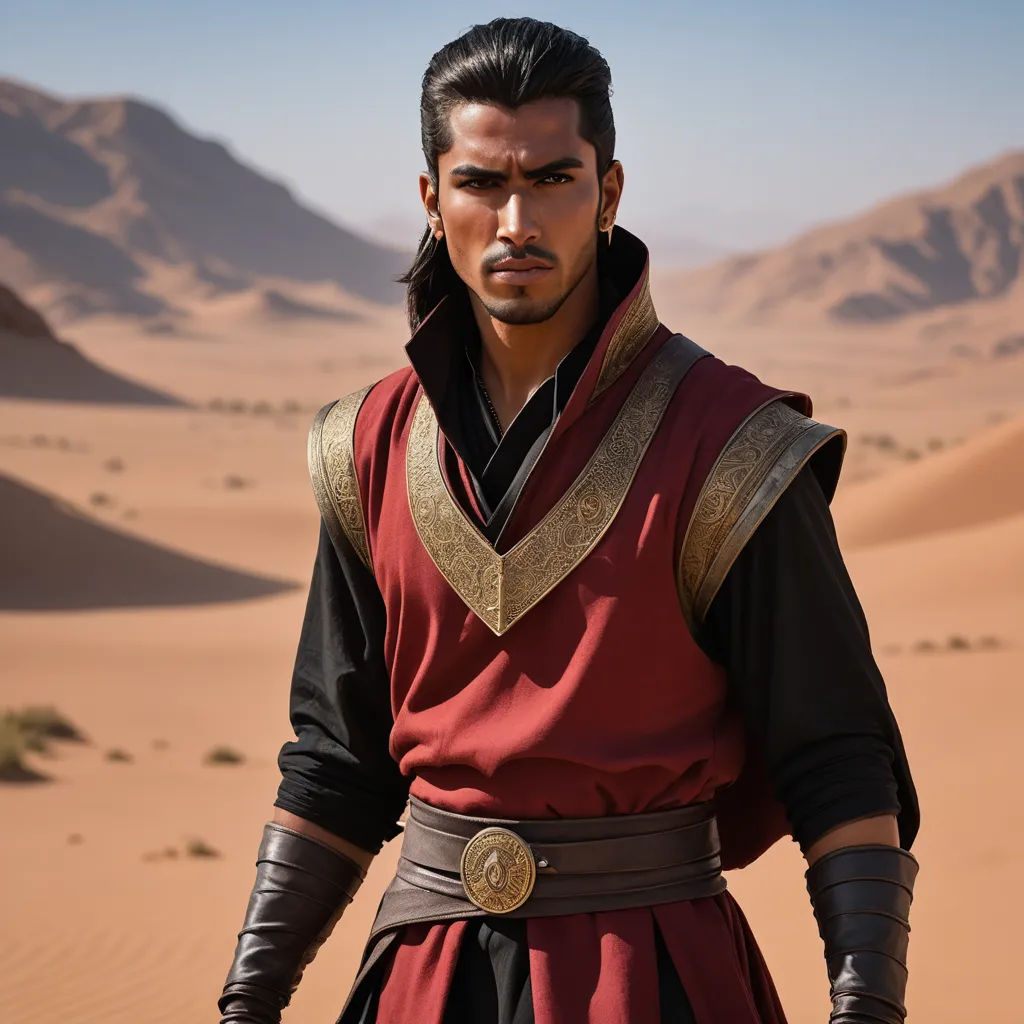
On the other hand, the South tribe was led by a fiery young man, Warrior Jafar. He was a fearless fighter, with a burning desire to win.

The battle was named the "Battle of the Camel", for the tribesmen fought fiercely atop their camels, charging into the enemy lines.
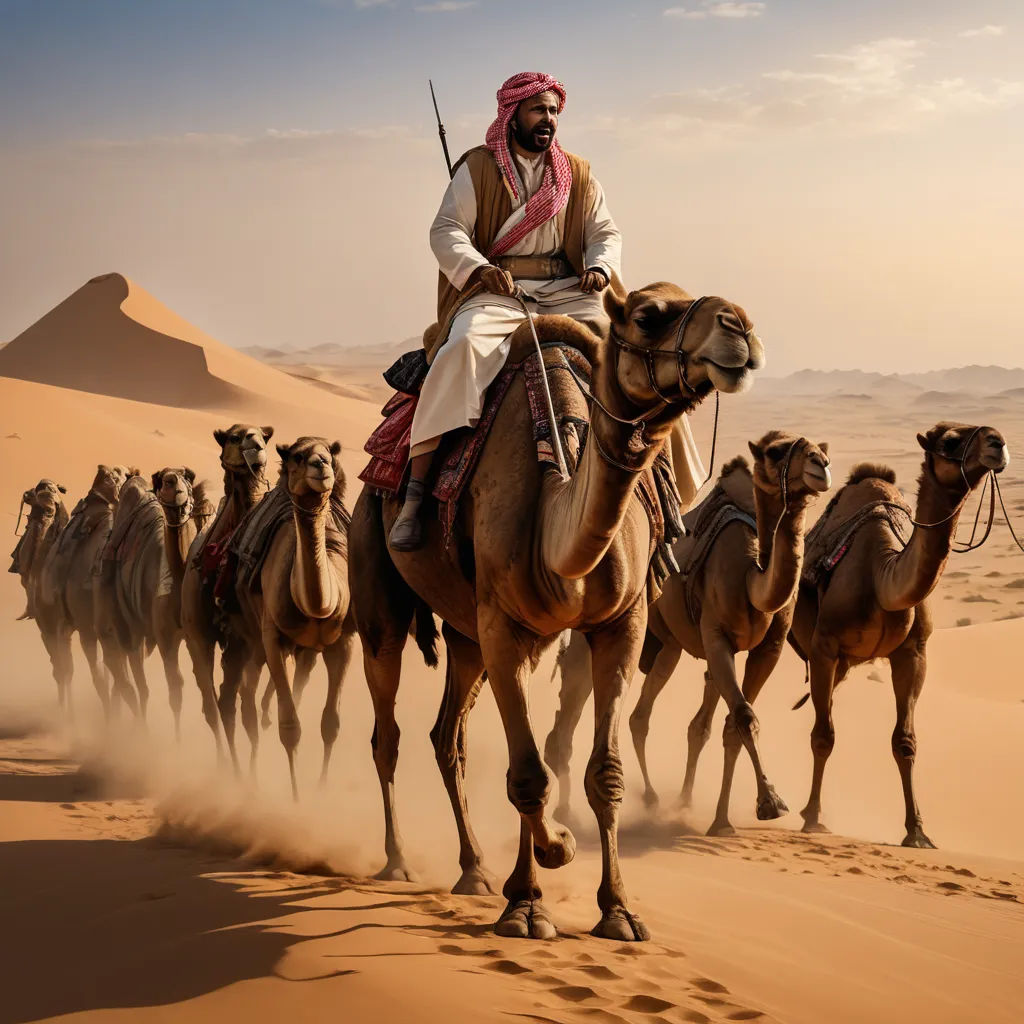
Chief Karim, atop his camel, led his warriors with an iron hand, strategizing and directing their attacks.
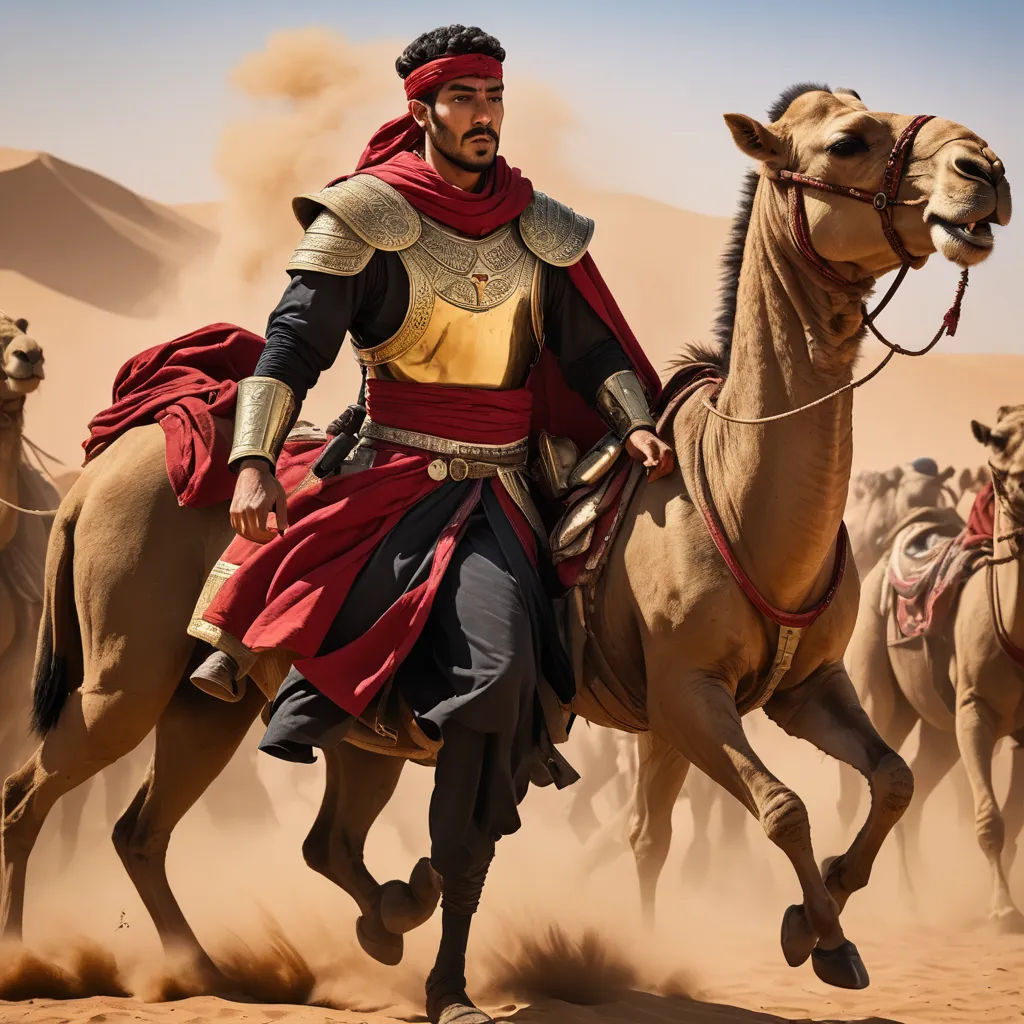
Warrior Jafar, on the other hand, was at the front lines, his fervor unmatched, attacking relentlessly.
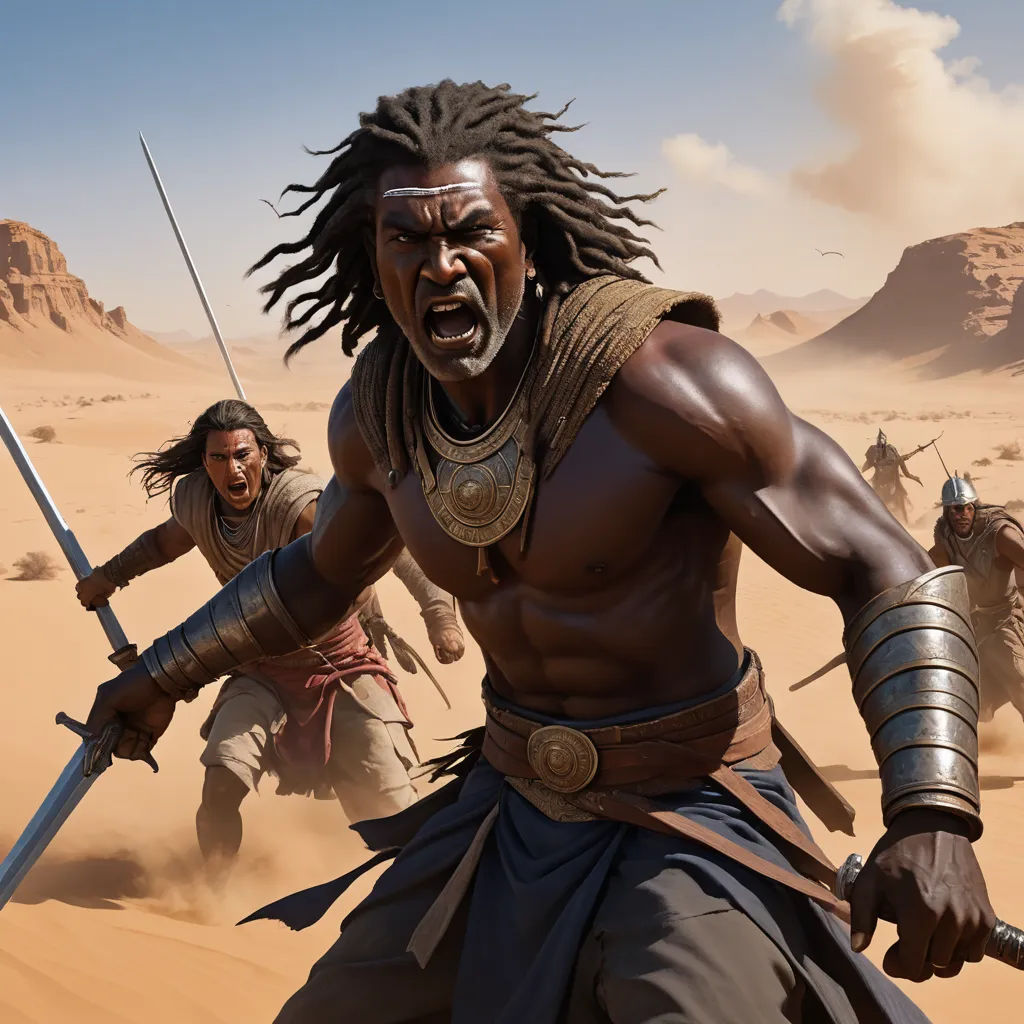
The battle raged on for days, with neither side willing to give up. The desert echoed with the clashing of swords and the war cries of the warriors.
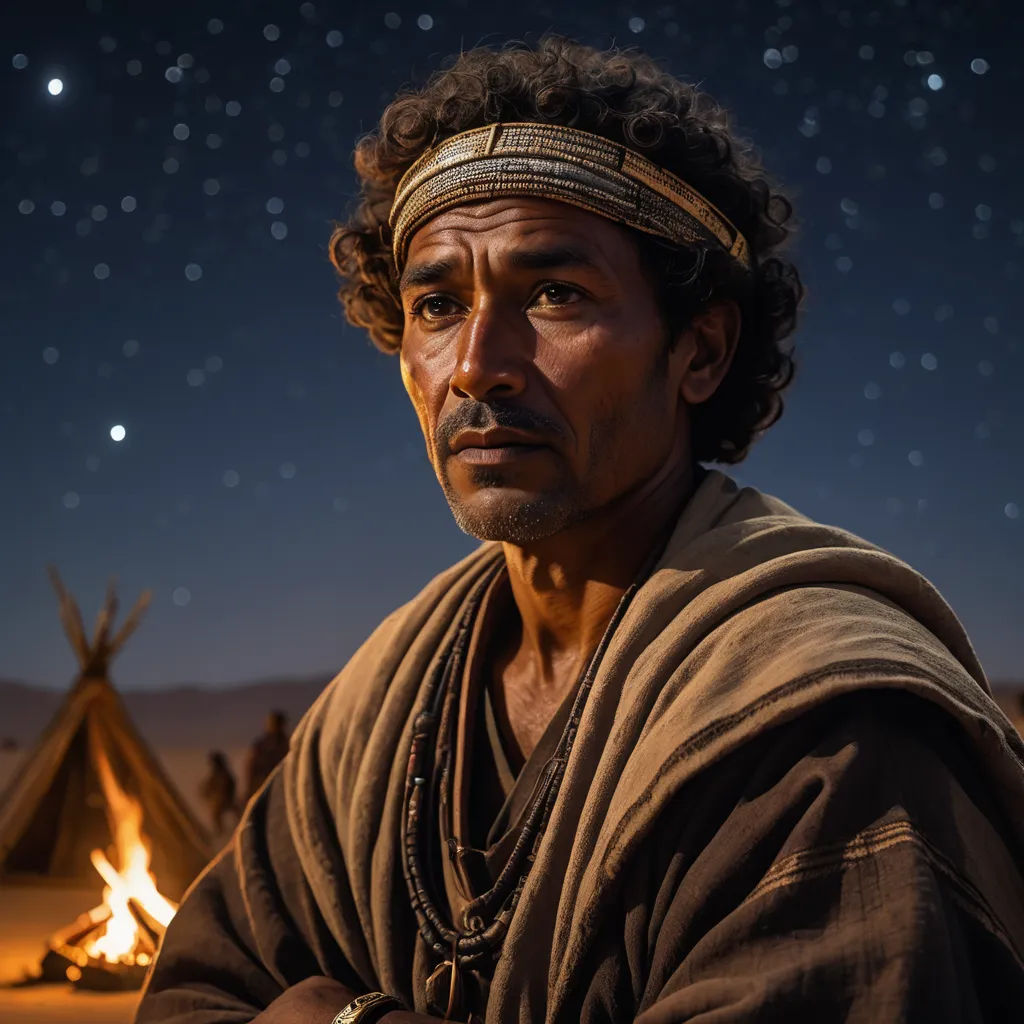
One night, as the tribes rested, Chief Karim looked at the starry sky, deep in thought. He knew the battle was taking a toll on his people.
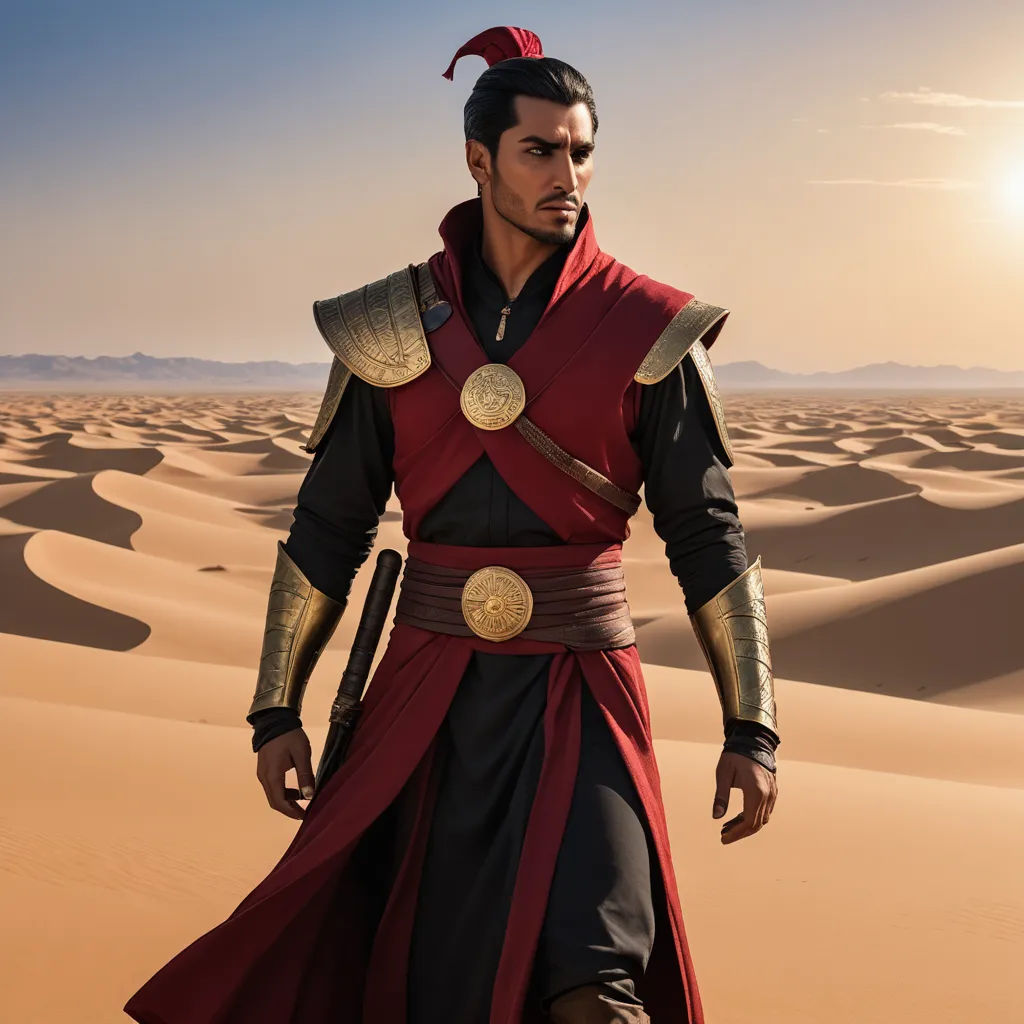
Similarly, Warrior Jafar, though determined, began to feel the weight of his decisions. He knew he had to find a solution soon.

The next morning, as the sun rose, a new day of battle dawned. But Chief Karim had a different plan.
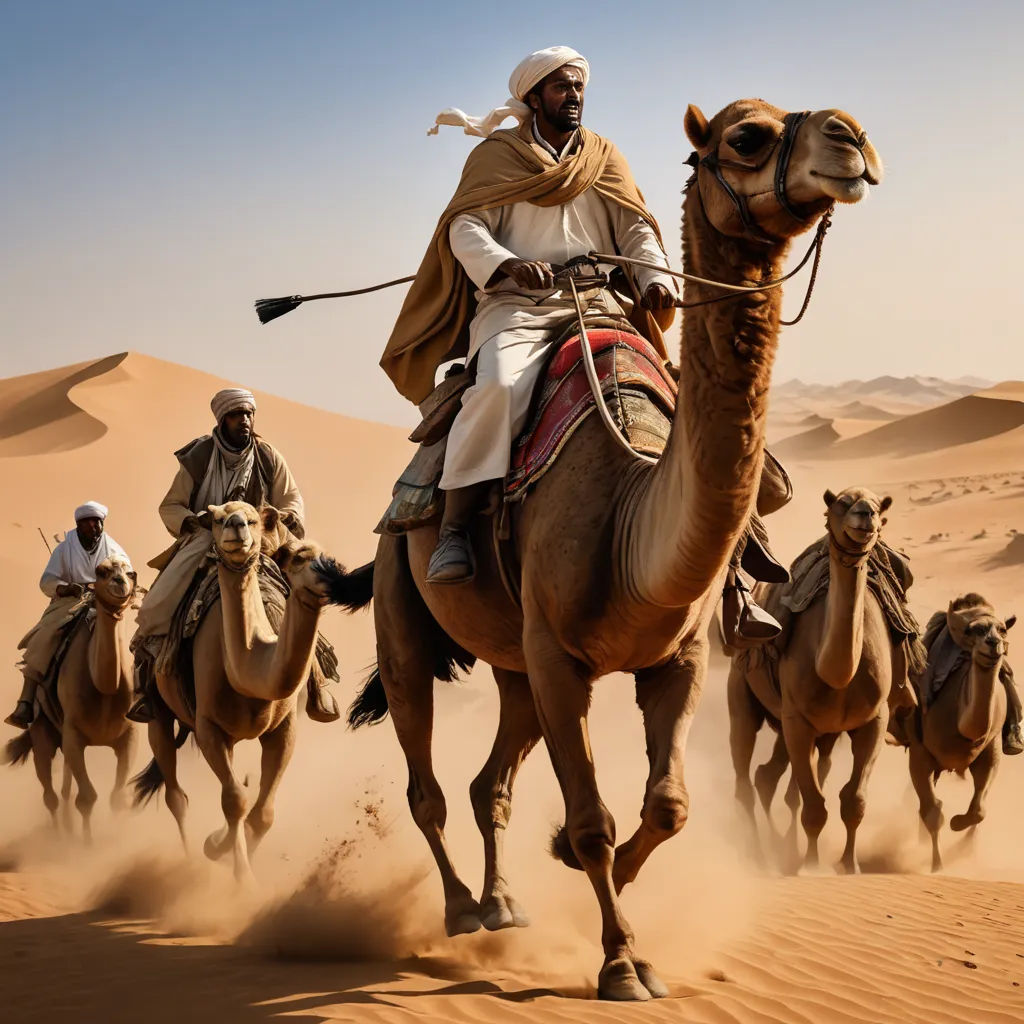
Instead of ordering his men to attack, Chief Karim rode forward alone, a white flag raised high. He wanted to negotiate peace.
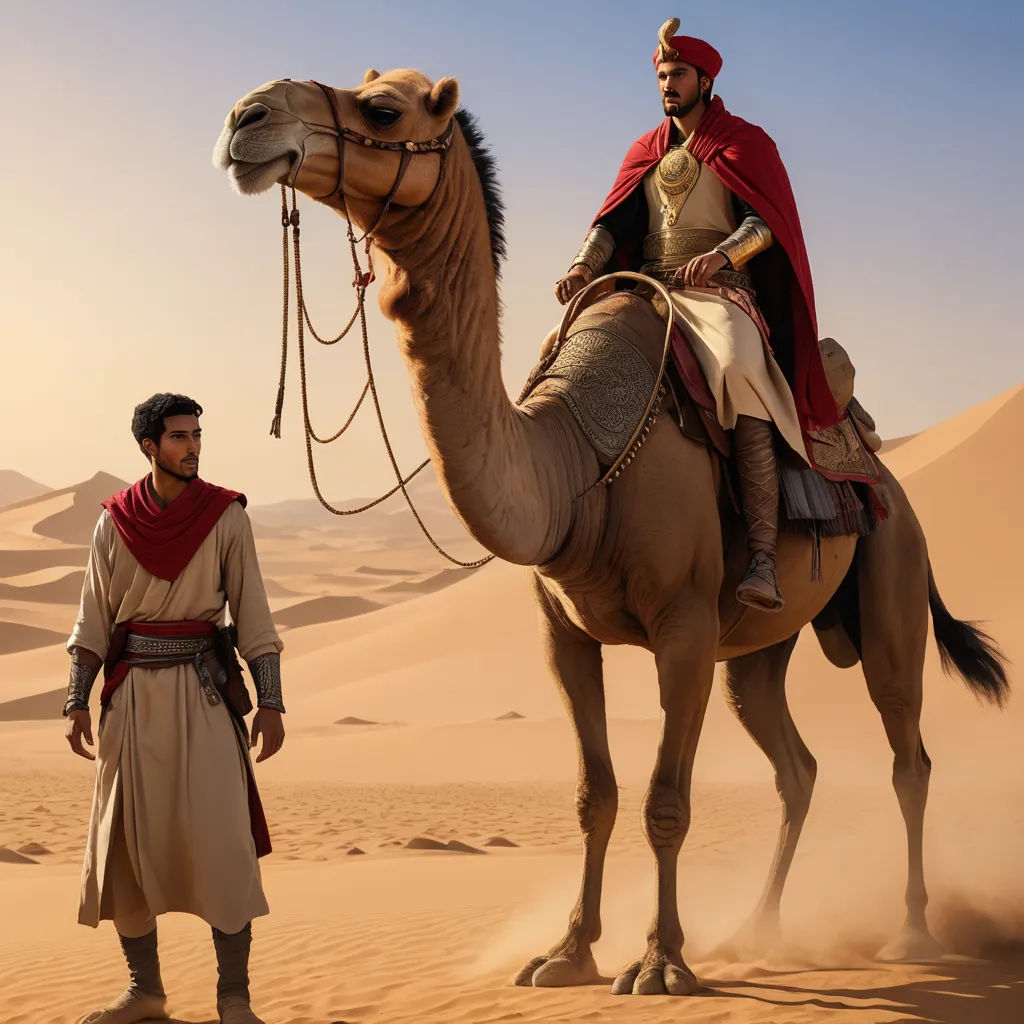
Seeing this, Warrior Jafar rode out to meet him. The battlefield fell silent, all eyes on the two leaders.
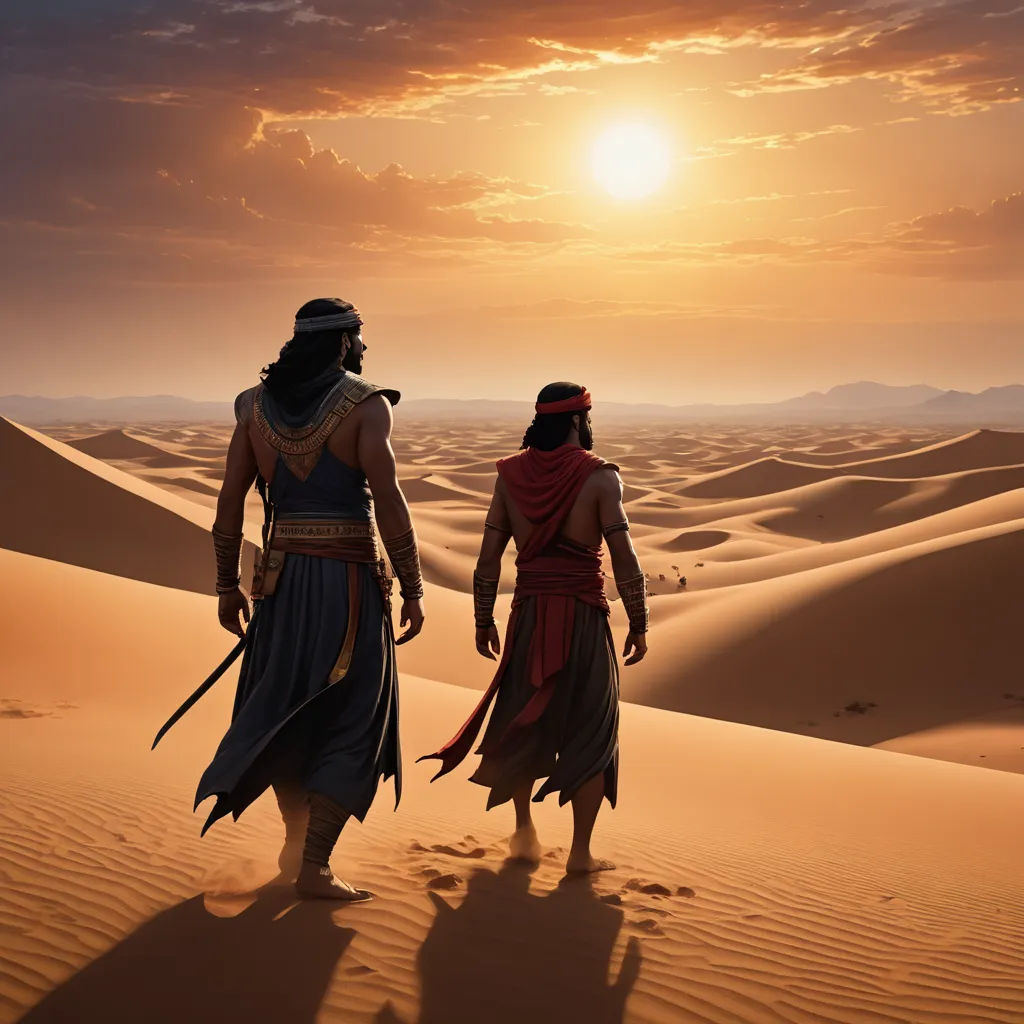
They spoke at length, their voices drowned by the desert winds. After a while, they returned to their respective tribes, their expressions unreadable.
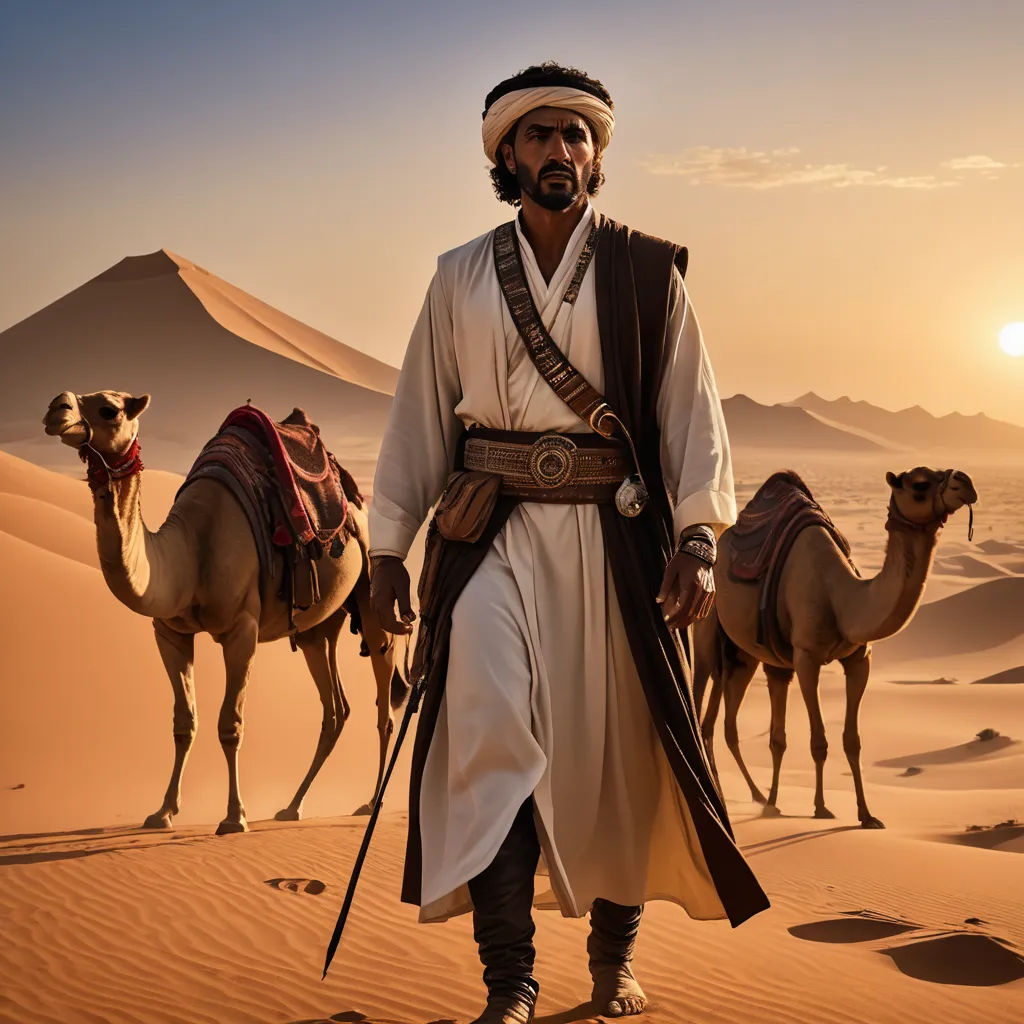
That evening, a mutual agreement was announced. The tribes would share the oasis, and their feud would end. The "Battle of the Camel" was over.

The tribes celebrated the newfound peace. The desert was filled with laughter and music, a stark contrast to the previous days.
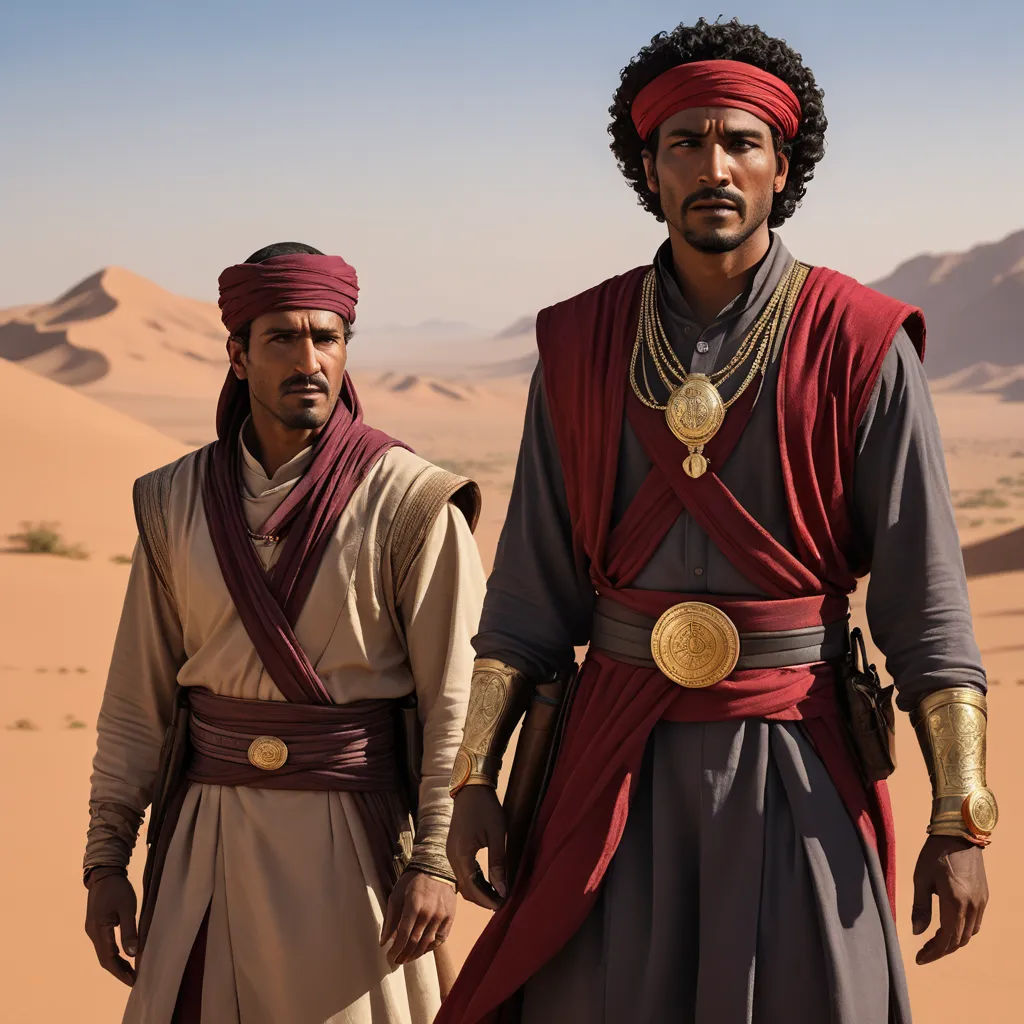
Chief Karim and Warrior Jafar, once adversaries, now stood side by side, their past animosity replaced by respect.
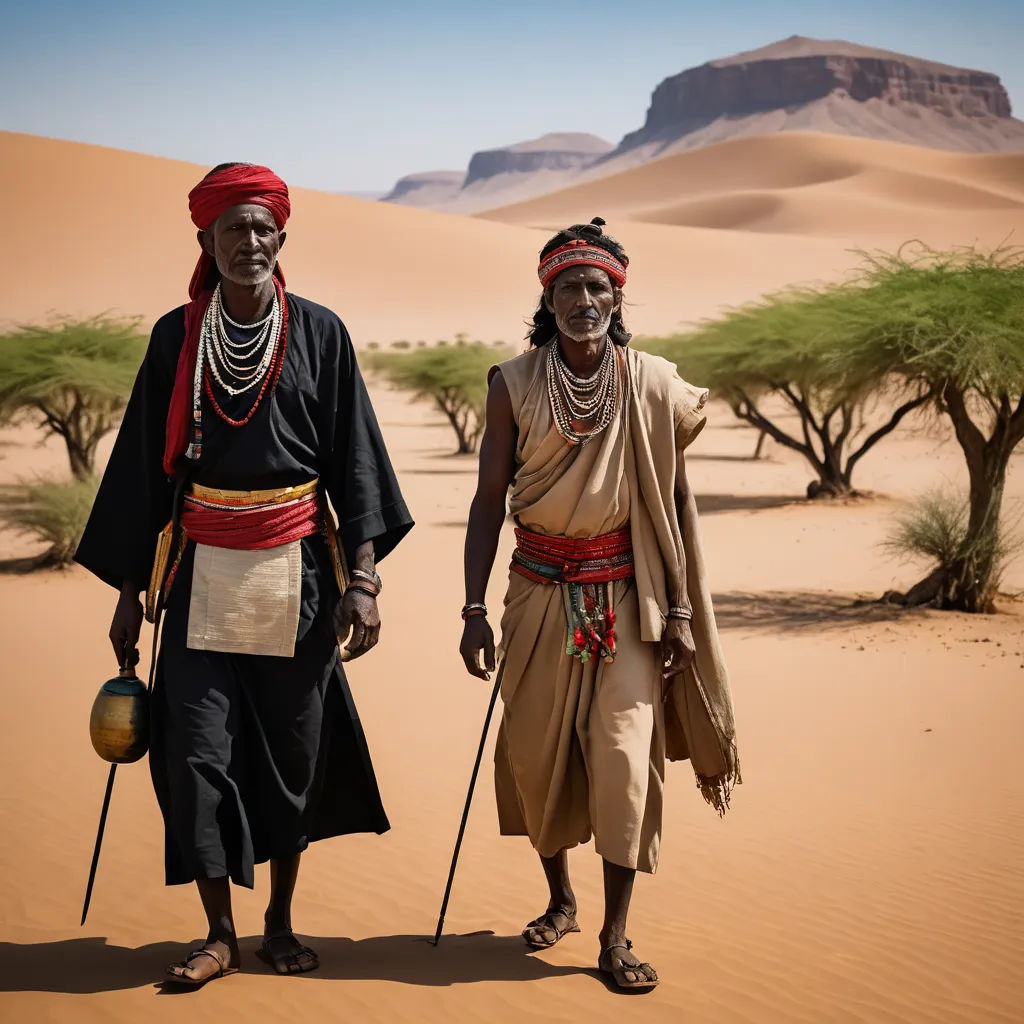
The oasis, once a source of conflict, became a symbol of unity. It nourished both tribes, sustaining life in the harsh desert.
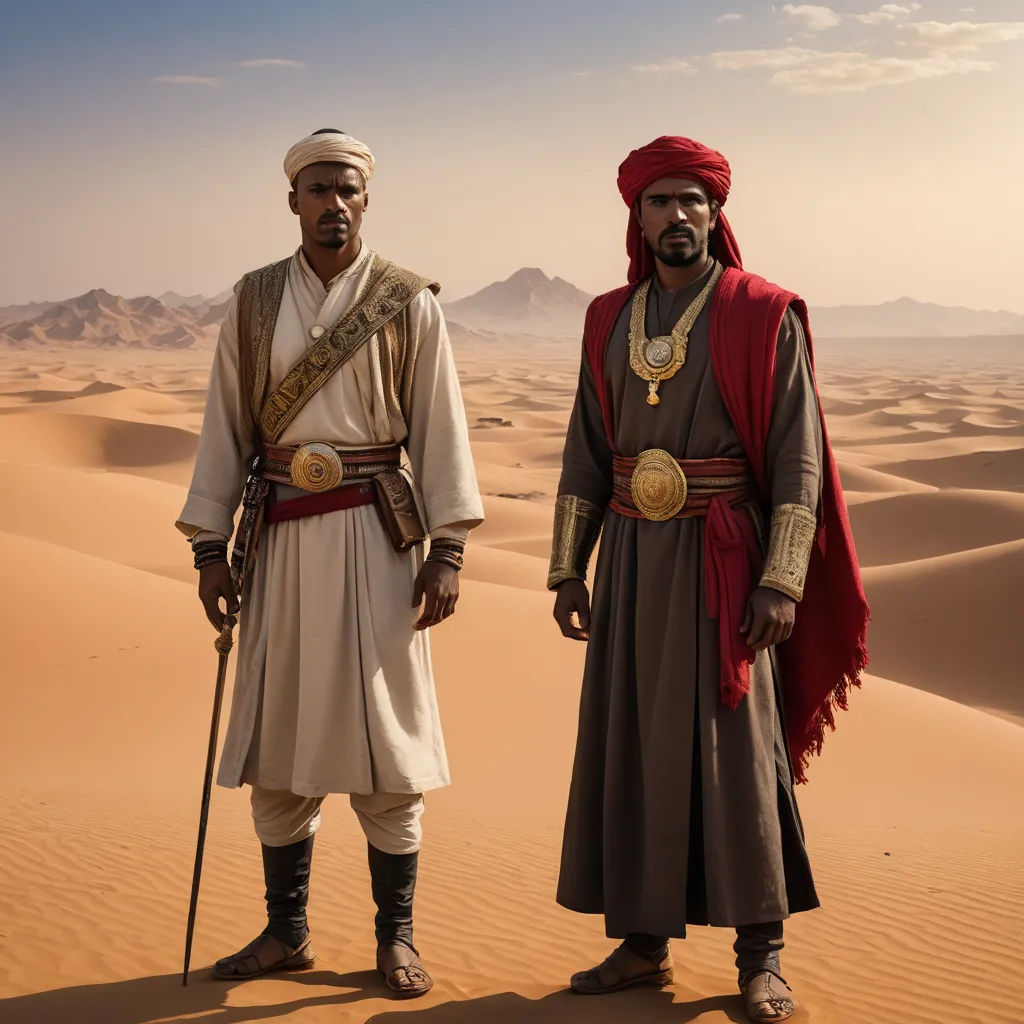
The Battle of the Camel was henceforth remembered not as a war, but as a turning point towards peace and cooperation.
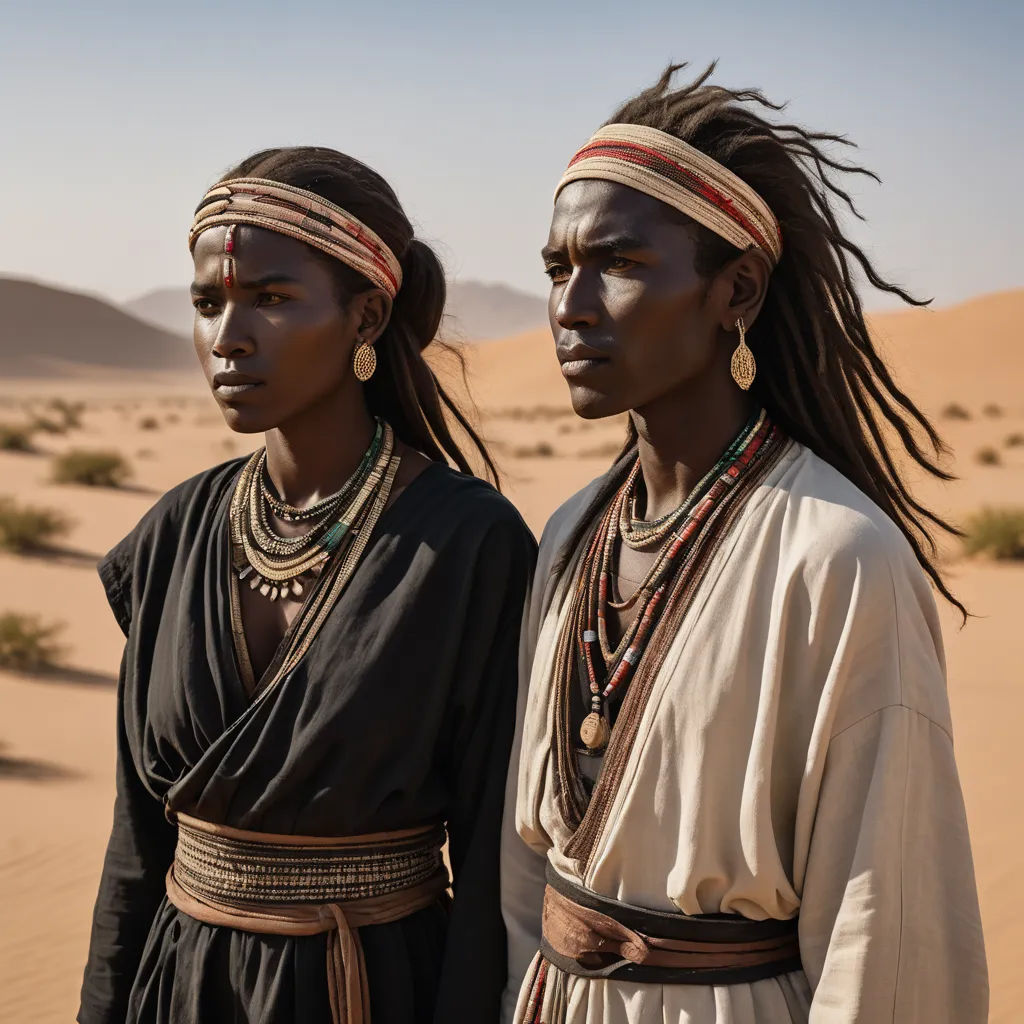
The two tribes, once rivals, learned to coexist. The desert became a place of harmony, the oasis their shared sanctuary.

Thus, from the sands of conflict, emerged an oasis of peace. The Battle of the Camel stood as a testament to the power of dialogue and understanding.